Search
Summary 
Loading AI-generated summary based on World History Encyclopedia articles ...
Search Results
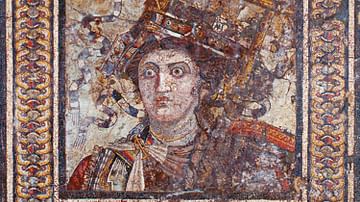
Definition
Berenice II Euergetis
Berenice II Euergetis (c. 267-221 BCE) was a pre-eminent Hellenistic queen, who ruled together with her husband Ptolemy III (r. 246-221 BCE), when the Ptolemaic kingdom was at the height of its power, dominating most of the eastern Mediterranean...
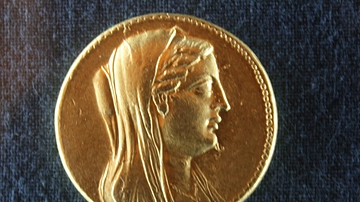
Image
Berenice II
Berenice II (c. 267-221 BCE), gold decadrachm, Egypt. (Numismatics Museum, Athens)
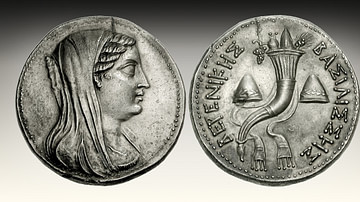
Image
Coin Portrait of Berenice II
Silver coin (15-drachm) with the portrait of Berenice II on the obverse; the reverse illustrates an overflowing cornucopia between two wreathed caps with the legend naming Queen Berenice, from Alexandria, c. 246-204 BCE. CNG sale no. 83...

Image
Mosaic Portrait of Berenice II
Mosaic with square emblem depicting Berenice II as personification of naval prowess (Thmouis, ca. 245-200 BCE; Greco-Roman Museum, Alexandria, inv. 21.739). Photograph by A. Pelle © Centre d’Études Alexandrines/CNRS, courtesy of Jean-Yves...
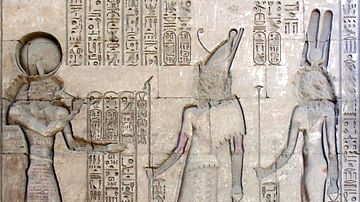
Image
Ptolemy III & Berenice II, Euergetes Gate
Ptolemy III and Berenice II stand before Chonsu (their heads and feet vandalized by Christian iconoclasts) on a relief scene of the Euergetes Gate (Thebes, ca. 240-220 BCE). Photo courtesy of Lloyd Llewellyn-Jones, Cardiff University.
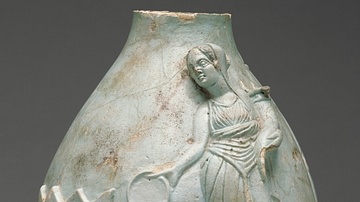
Image
Wine Vase with Berenice II
Berenice II (c. 266 - 221 BCE) is represented as Agathe Tyche, the goddess of Good Fortune, on a type of faience wine vase called oinochoe (Alexandria, ca. 245-200 BCE, Getty inv. 96.AI.58).
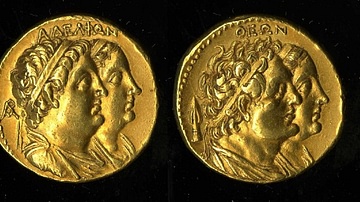
Image
Ptolemy I with Berenice I & Ptolemy II with Arsinoe II
Gold octodrachm (mnaieion) with the draped and diademed jugate busts of siblings Ptolemy II and Arsinoe II on the reverse; Ptolemy I and Berenice I as their divine parents on the reverse. The legends over the portraits read Adelphōn (“of...
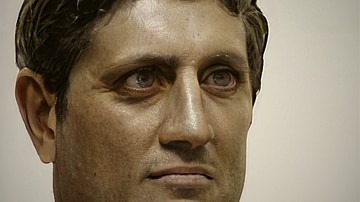
Definition
Ptolemy II Philadelphus
Ptolemy II Philadelphus ("The Sibling Loving", r. 282-246 BCE) was the second ruler of the Ptolemaic Dynasty. He consolidated the kingdom conquered by his father Ptolemy I and presided over its golden age. Ptolemy II invested heavily in Alexandria...
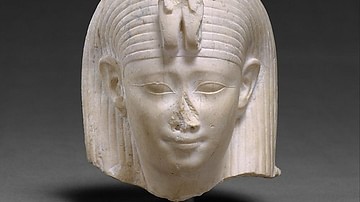
Definition
Arsinoe II Philadelphus
Arsinoe II (l. c. 318/311 - c. 270/268 BCE), daughter of Ptolemy I became one of the most enduring figures of the Lagid or Ptolemaic Dynasty and left an undeniable mark in the historical evidence. She was married three times; first to Alexander...
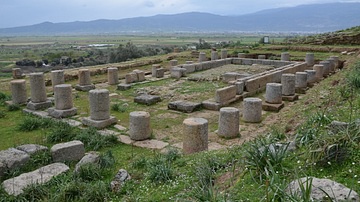
Definition
Antioch
Antioch or Antiochia was an ancient city located on the Orontes River near the Amanus Mountains in Syria. The “land of four cities” - Seleucia, Apamea, Laodicea, and Antiochia - was founded by Seleucus I Nicator (Victor) between 301 and 299...